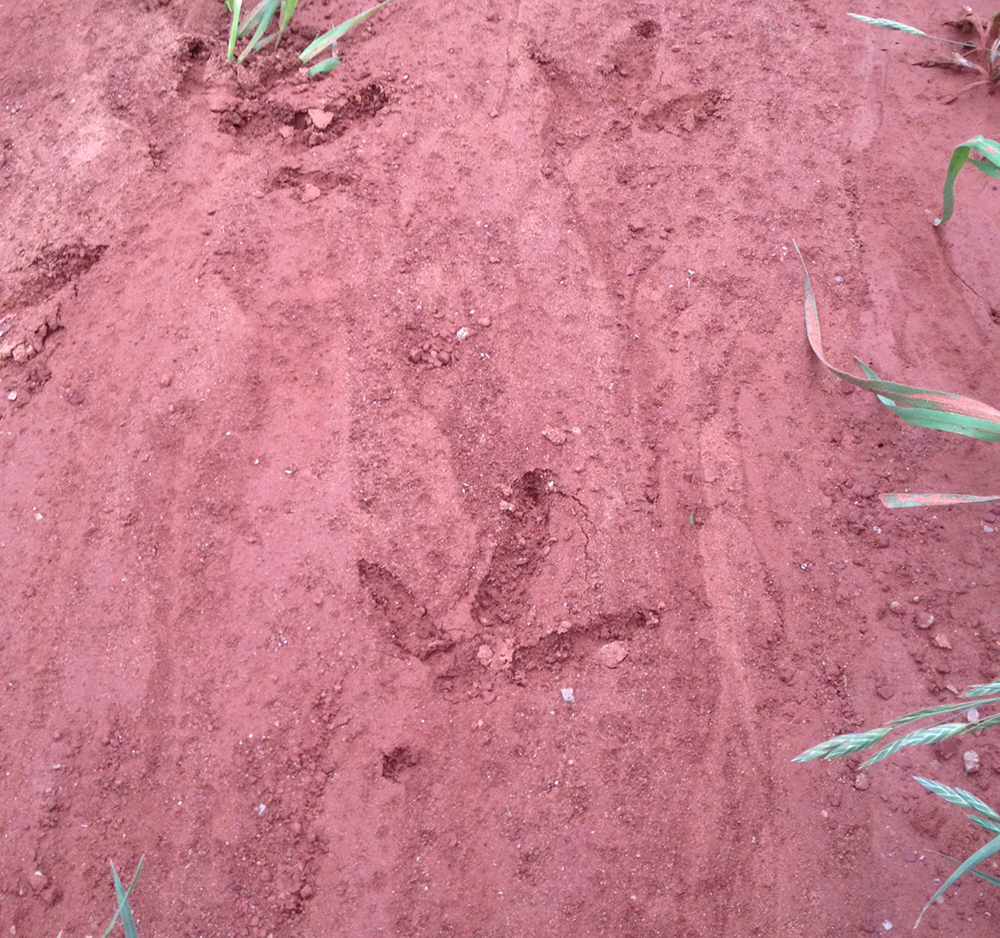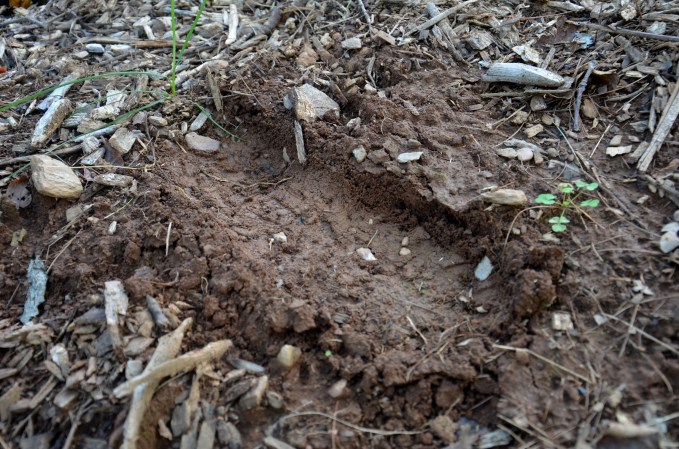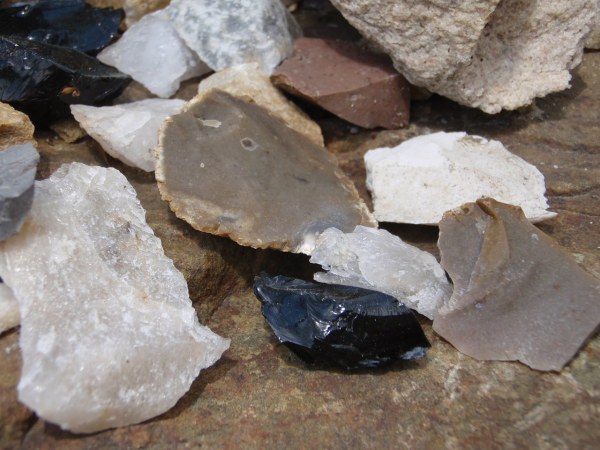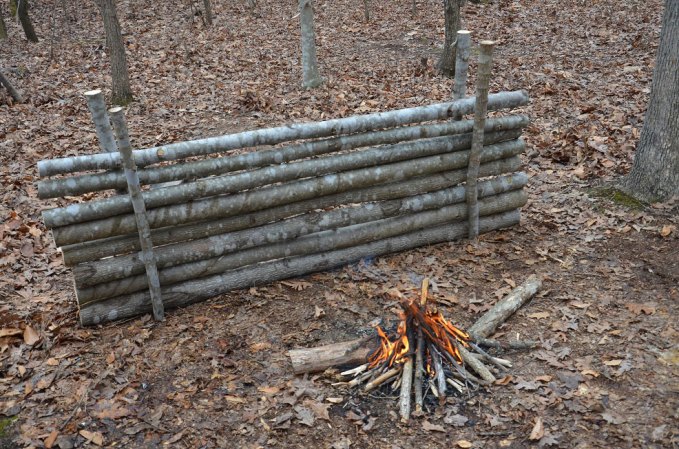Tracking isn’t just the search for clear footprints. There are many more traces that animals leave behind. The search for these other indicators is called sign tracking, and it can be used in almost any environment. This method of tracking involves the signs, marks, disturbances, and leavings of an animal. Trails, beds, rubs, and chews can give a general idea of the species that are present. Hairs, feathers, and droppings can tell us exactly which animals are nearby. It’s important to learn to track by looking for these common animal signs, because in some terrains—it’s all you’ll have.
1. Look for Trails and Runs
These signs are equivalent to the highways and side roads that animals use to go between feeding areas, bedding areas, cover and water sources. Some trails are used by many different species, while runs are typically used by just a few animals or even just one species. In trails, you may see a few different tracks and pushed down vegetation. For trails, you’ll often find that they are worn down to bare dirt or rock, and filled with a variety of tracks. Since trails are the superhighway of the wild, they are heavily used and they rarely change. Trails are usually not a great place to set traps, since larger animals may just knock them down. Runs are better suited for trap placement.

2. Find a Bed
For the animals that don’t make nests (like deer), they will often bed down in fields and thickets. Some beds are used only once, and they can be seen as an oval depression in the vegetation. More frequently used beds may show a greater disturbance. Some animals will only make beds in thick vegetation and brush, to better hide from predators.
3. Spot a Feeding Area
These places are species specific and seasonal. Feeding areas can be berry patches, grassy areas, open spaces in the forest, or almost any other spot that can provide nutrition. You may find places that are crisscrossed with runs, as the animals feed on vegetation. You may even see a place where an animal has eaten its way through a patch of vegetation, eating through and coming out the other side. By examining the actual chews in a feeding area, we can also make an informed guess about the animals using it. Vegetation with a clean 45 degree cut has likely been bitten by the sharp incisors of a rodent. Small serrations on grass are typically made as deer pull grass up against upper palette and their lower teeth cut the blades of glass (deer don’t have teeth in the front on their upper jaw). Vegetation that has been pierced full of holes has probably been chewed by a sharp toothed predator (think of the way your dog or cat chews grass for fiber and minerals). You might also find gnaw marks from rodents. This can occur on nuts that have been chewed by squirrels or mice, or on wood chewed by a beaver.

4. Locate Rubs and Scratches
Commonly found along trails and runs, rubs are places where an animal will rub against a tree or some other object. They may do this to scratch themselves or mark the territory with their scent. As an example, deer bucks will rub their antlers against small tree trunks to develop their neck muscles and to display dominance, says Bowman. This can be either intentional or unintentional.
5. Watch For Hair and Feathers
If you are very alert, you may even start to find hairs or feathers. When deer rub under low hanging vines and branches, I can sometimes find hairs stuck in the rough bark. At an animal rub, you may also find a spot where the hair gets snagged. Beds are another site to look for hairs or feathers, and of course – kill sites will have clumps of hair or feathers from an animal that was devoured.
Are you a sign tracker or a print tracker? Tell us how you find your quarry by leaving a comment.














